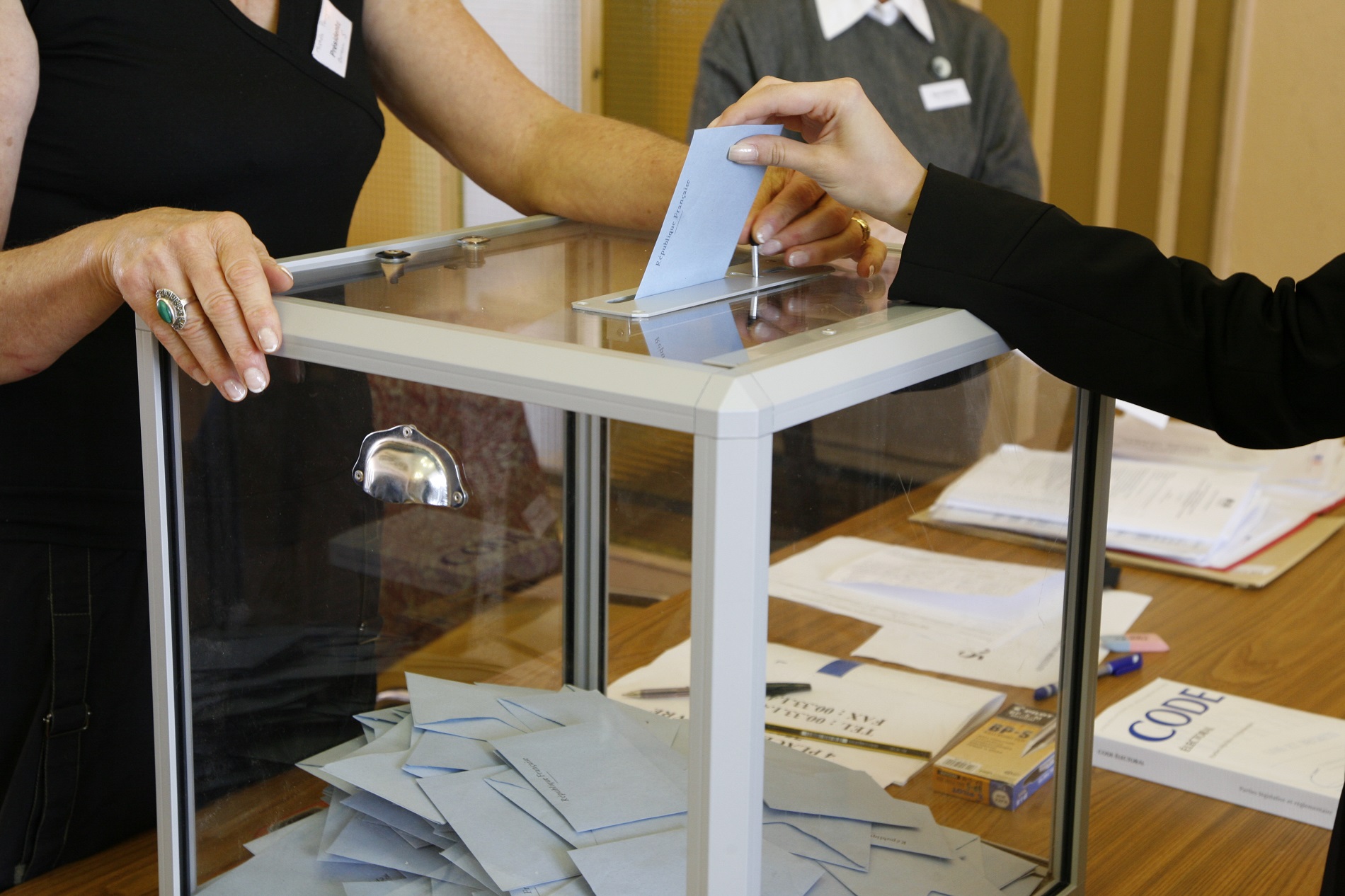The Dow Jones Industrial Average also reflected a similar price performance and frequency during presidential election years.
Looking at the final two months of an election year going back to 1928, the S&P 500 strengthened in value 64% of the time, or 14 of 22 years, with an average price rise of 1.9%, compared to the 2.1% average gain across November and December of all years.
When a Democrat was elected, the S&P 500 usually posted an average price gain of 0.6% for the final two months of an election year, compared to the 3.6% when a Republican was elected. The Dow, though, showed an average price increase in the final two months of election years exceeding the average gain in two months of all years by 0.3 percentage points.
Considering historical data, it may take a while before we see significant market gains after a new president is elected. According to FactSet, three years after an election year the S&P 500 historically experienced its highest price percent gains over a presidential cycle. The markets also saw their lowest price gains in two years following an election year. Consequently, the S&P 500 may generate lower returns over the next two years but strengthen in 2019 if history repeats itself.
Moreover, in the first post-election year, the S&P 500 experienced an average 9.8% when a the political party of the president transitioned from a Democrat to a new Democrat, whereas the index saw an average 10.2% decline when the political party changed from a Democrat to a Republican.
For more information on the markets, visit our current affairs category.
